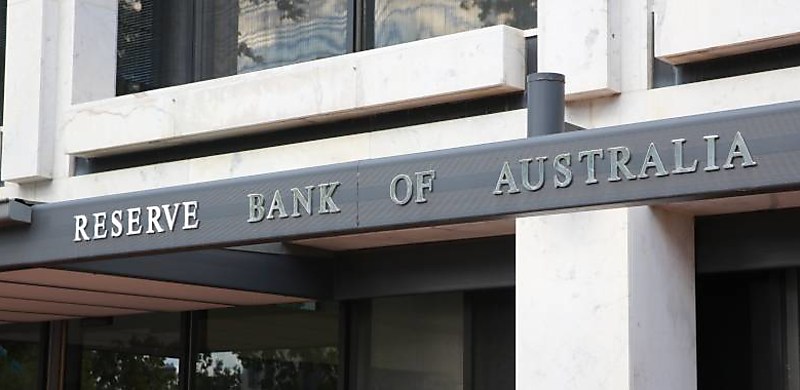
Up to 50 per cent of borrowers with high loan-to-income ratios do not have sufficient income to meet their housing costs and necessary expenses, according to the RBA.
The Reserve Bank of Australia (RBA) has released its half-yearly Stability Review, revealing that up to half of borrowers with a high loan-to-income (LTI) ratio (which it defines as being greater than four) may not have enough income to cover the housing costs and necessary expenses.
According to the October Stability Review, about 25–50 per cent of higher LTI borrowers are estimated to have an income level not sufficient to meet their housing costs and necessary expenses (depending on assumptions about essential expenses).
The central bank found that higher LTI variable-rate owner-occupier borrowers whose essential expenses and housing costs exceed their income tend to have only slightly lower savings buffers than all borrowers in a similar financial position, meaning arrears for this category are higher than in other borrowers.
By contrast, high LVR borrowers tend to have “substantially lower savings buffers and are hence most at risk of entering mortgage stress”, the RBA said.
The RBA estimated that between 15 and 32 per cent of borrowers with a loan-to-value ratio over 80 per cent do not have the necessary income for essential expenses.
Moreover, between 6 and 14 per cent of first home buyers are estimated to have living costs that exceed their income, the RBA found, similar to all variable-rate owner-occupiers (5–13 per cent).
Of those who borrowed at low fixed or variable rates during the COVID-19 pandemic and are now on higher variable rates, between 8 and 18 per cent do not have sufficient income to meet their housing and essential expenses (depending on assumptions about essential expenses).
However, the central bank added that most borrowers have been able to make adjustments to their finances as required, including by restraining their discretionary consumption, reducing their savings rates or even drawing down their stock of savings, and increasing hours worked.
It continued: “The group of borrowers at higher risk of falling into arrears on their mortgage remains small. Borrowers with low incomes, large loans relative to their income or property value, and low savings are particularly at risk.”
The Stability Review concluded that arrears levels are not expected to threaten the financial system: “In an adverse scenario where growth slows and unemployment rises more sharply than expected, loan losses for banks would increase. However, their provisioning and capital levels leave banks well placed to manage the increase in arrears, limiting the impact on credit provision in the economy and overall stability of the financial system.”
[Related: Majority of borrowers can’t handle another rate rise: Canstar]

